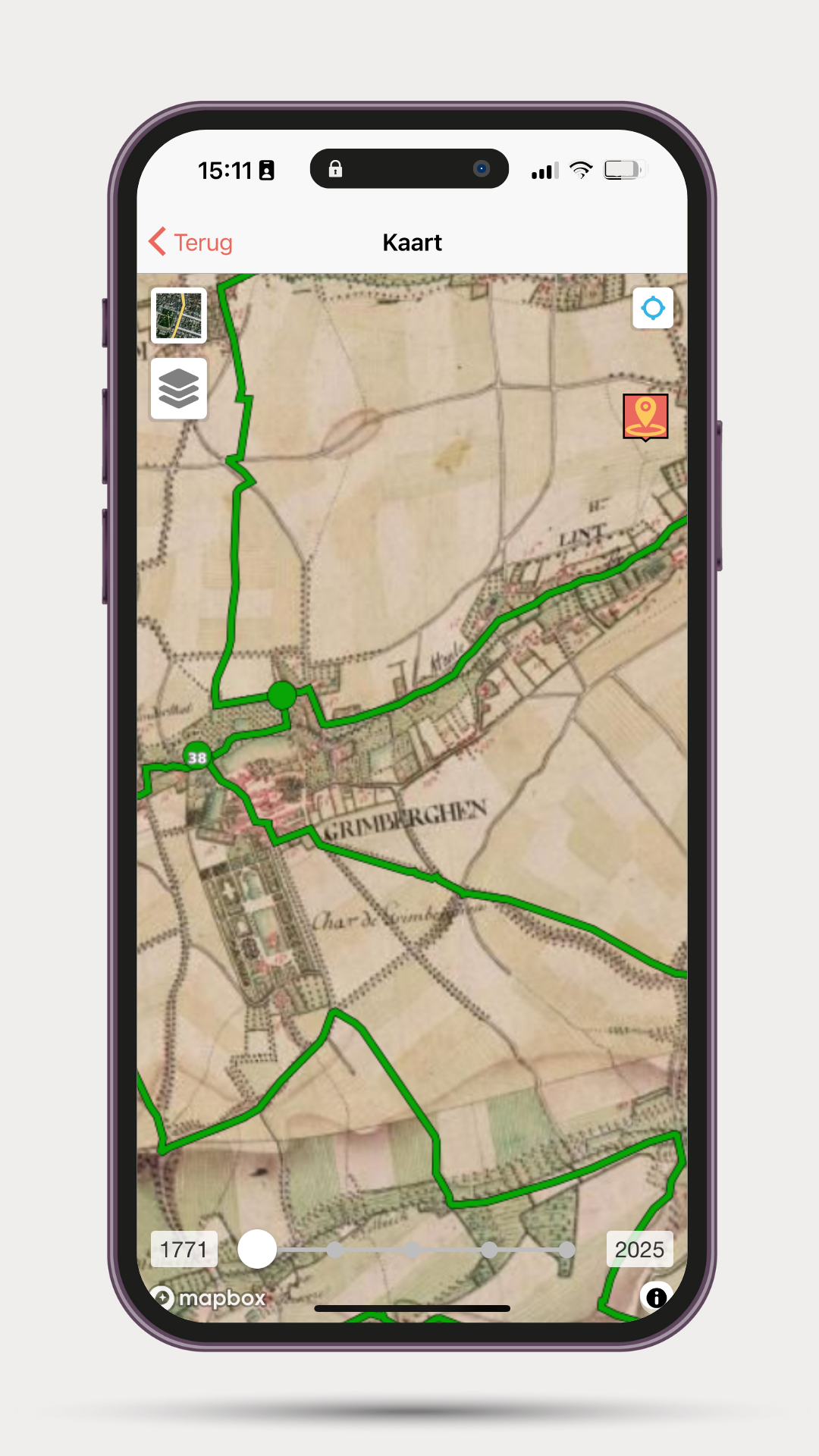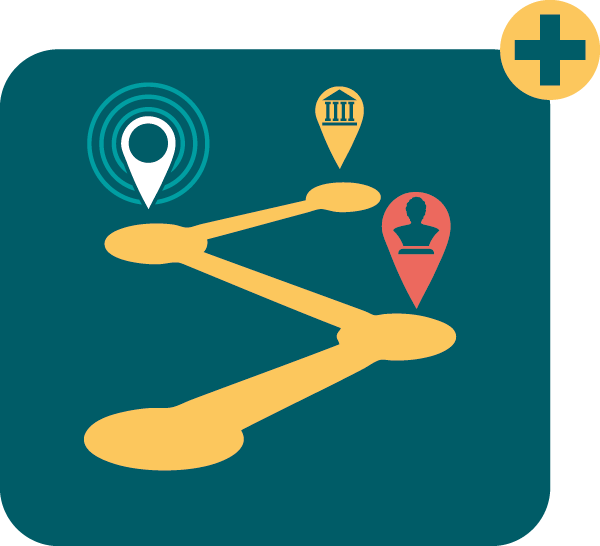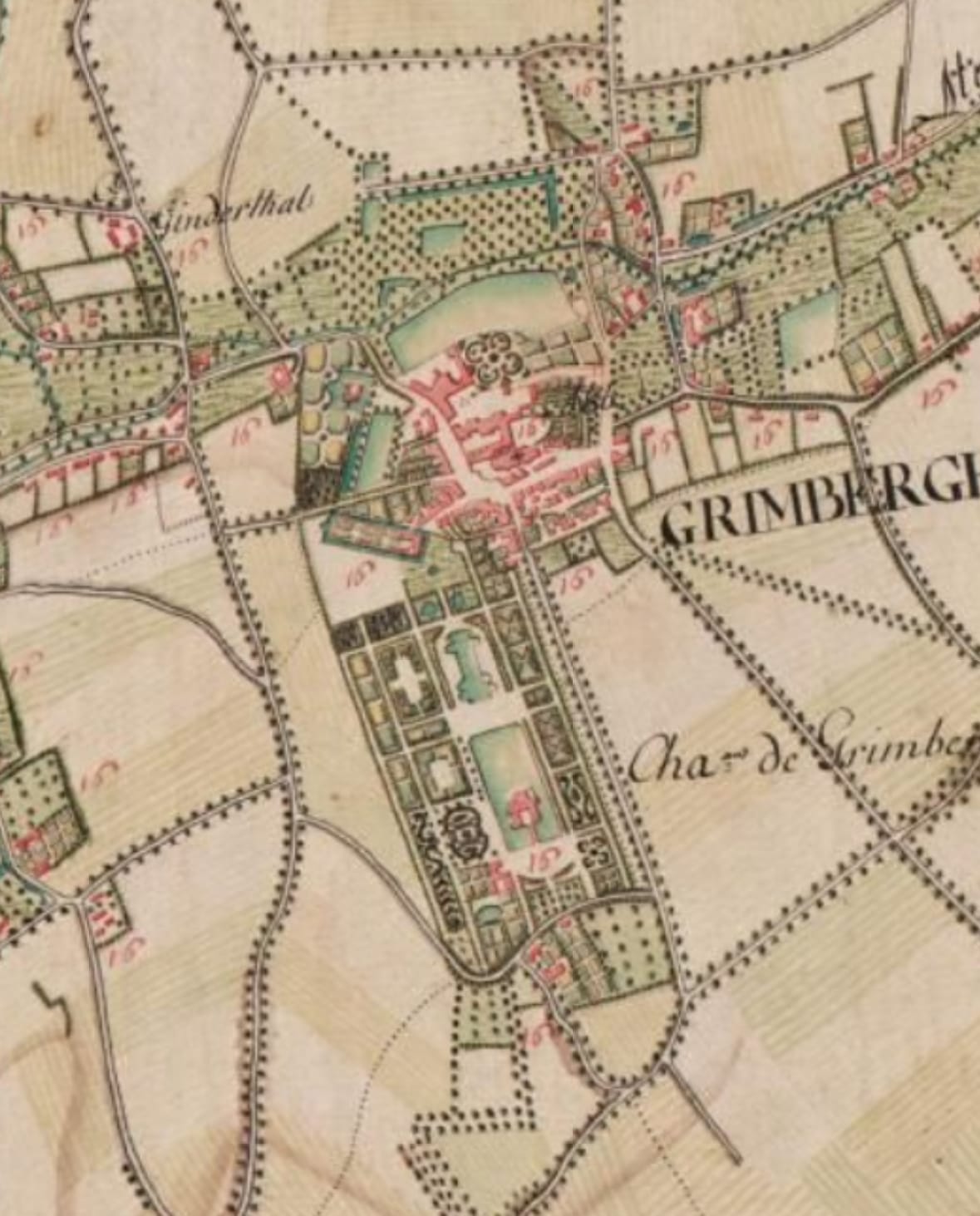Anyone browsing the ErfgoedApp today will discover not only heritage sites, stories and images, but also some special historical maps. One such map layer is the Ferraris map - a nearly complete map of the Austrian Netherlands from the 1770s. That this map is so sharp and accurate to view digitally today is thanks to a titanic work behind the scenes.
From 18th-century map to digital masterpiece
The original Ferraris maps are carefully preserved at the Royal Library of Belgium (KBR) in Brussels. These are hundreds of hand-drawn sheets commissioned by Count Joseph de Ferraris around 1771-1778. Before these maps could be made available online, they had to be digitally documented, scanned and reconstructed.
Digitization is done with high-resolution scanners that capture every fold, discoloration and brush stroke. Then all the map sheets are digitally joined together into one large whole. But that's not all the work: the map must also be "georeferenced" - linked to modern coordinates so they fit exactly on the current map.
Georeferencing: 35,000 points to straighten everything out
That georeferencing was a true monk's work. Digital Flanders and researchers manually marked more than 35,000 control points - think intersections, churches, rivers or recognizable landscape elements visible on both the Ferraris map and modern maps. With a reference method developed in-house, every discrepancy was straightened out.
Thanks to that meticulous work, old roads, village centers and landscape elements coincide surprisingly well with today's topography. This makes the Ferraris map unique: you literally see how the landscape used to be shaped and which structures are still recognizable today.
How do you view the Ferraris map in the ErfgoedApp?
The ErfgoedApp makes this heritage accessible to a wide audience. All you have to do is:
open the ErfgoedApp ,
pressing the map icon,
A time slider appears at the bottom that allows you to go back in time.
The Ferraris map is the oldest map layer available in the ErfgoedApp - A Journey to the 18th Century. Other historical maps you can discover in the app are the Atlas of Neighborhood Roads (1841), Vandermaelen (1846-1854) and Popp (1842-1879). The Ferraris map is the most special though, with the most details. You can instantly see what your street, village or favorite hiking spot looked like nearly 250 years ago. You can also activate additional map layers on the map such as heritage sites and bicycle or hiking nodes.


